How to solve the problem of yellowing on the surface of LED plant lamp beads?
Led plant lamp beads often have abnormal or even complete failure in actual use, resulting in the failure of finished products. In recent years, many led plant lighting manufacturers and users have suffered serious economic losses due to the continuous increase of a series of reliability problems such as color temperature deviation, lumen decline and poor light output effect caused by lamp bead discoloration. What is the root cause of LED bead discoloration failure? How can we solve the problem of yellowing on the surface of LED plant beads? Next, we first analyze the causes of color change of LED plant light beads.
1、 Reasons for sealing glue
(1) Colloidal discoloration occurs when the packaging adhesive is eroded by chemicals
Take the glass light tube lamp as an example. The internal led plant lamp beads are bonded and fixed on the glass tube with one component room temperature curing silicone rubber. The LED lamp beads on the lamp at the fixed part are yellow and darkened. The material of the failed lamp bead packaging adhesive is silicone rubber. The element composition of the packaging adhesive is tested by scanning electron microscope and energy dispersive spectrometer. It is found that the sulfur element is more than that of the normal lamp bead packaging adhesive. Generally speaking, sulfur, organic disulfide, polysulfide and other sulfur-containing substances can be used as vulcanizing agents to vulcanize and crosslink the rubber, so as to change the structure of the rubber, darken the yellow and increase the thermal decomposition temperature.
The thermal decomposition temperature of the lamp bead encapsulation gel was measured by TGA. It was found that the temperature of the lamp bead encapsulation gel with weight loss of 2%, 5%, 10%, 15% and 20% was more than 25 ℃ higher than the same weight loss temperature of the same batch of good sealant. The results showed that the thermal decomposition temperature of the encapsulation gel increased due to vulcanization and crosslinking. Based on icpoe, the chemical composition of one component cured silicone rubber was analyzed, and the sulfide content was about 400 ppm.

It can be seen that the reason for the yellowing and darkening of LED plant light beads is that the sulfur-containing gas volatilized from single component room temperature curing silicone rubber in the curing process invades the LED packaging rubber. Under this condition, the encapsulated colloid can turn yellow and darken after vulcanization crosslinking and vulcanization crosslinking again. After that, the user changes to a plastic lamp tube that does not use a single component vulcanized silicone rubber, and the color change of the lamp bead will not occur.
(2) Foreign matters remained in the sealant
The appearance of the failed lamp bead shows local discoloration and blackening. When the sealing glue is opened, a black foreign matter is found to be mixed in the sealing glue. The composition of the foreign matter is analyzed by scanning electron microscope and energy spectrometer. It can be confirmed that the main components are aluminum, carbon and oxygen, and there are a small amount of impurity elements
Therefore, when designing, selecting and manufacturing products, led plant lamp manufacturers should consider the proportion of different materials used in the products, so as to avoid subsequent reliability problems caused by material incompatibility.
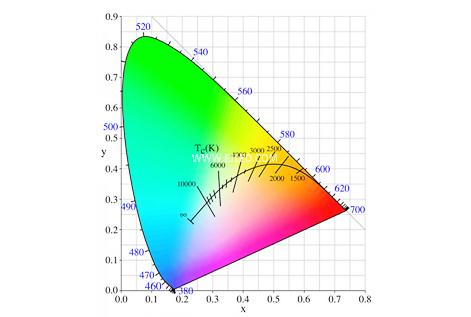
2、 Phosphor deposition
The color temperature drift fault of the lamp beads stored in the warehouse caused the failed LED lamp bead sealant to change from orange to light yellow, and the I-V characteristic test was carried out. It was found that the lamp beads could be lit normally, and the I-V curve was normal, but the brightness changed. The composition of the particles was determined by SEM and EDS, and the packaging adhesive was taken out by mechanical opening. The results showed that a layer of transparent particles remained on the surface of the packaging agent. The results determined by SEM and EDS showed that the packaging agent contained high content of strontium. In addition, elements with high contents of strontium and barium were also found on the contact surface between the sealant and the support.
In comparison, the surface of good lamp beads is cleaner after opening. The main components of the surface are silver and a small amount of carbon. Strontium is not detected, and strontium and barium are not detected on the contact surface between the packaging adhesive and the support. Through the inspection of the failed product and the good lamp bead packaging adhesive, it is found that the phosphor composition used by both products is the same. These garnets are yttrium aluminum garnet (mainly composed of oxygen, aluminum and yttrium) and strontium silicate (mainly composed of carbon and oxygen, and the silicon powder is a mixed phosphor of silicon, strontium, barium and calcium).
Therefore, the reason for the failure of LED lamp beads is that the phosphor used precipitates to the bottom surface of packaging adhesive and the surface of support, resulting in inconsistent light refraction law, dispersion, color temperature drift and color change of lamp beads.
3、 Support reason
(1) Bracket corrosion
The middle part of the LED lamp beads for plant lighting is discolored and blackened. After being opened, it is observed under the optical microscope. It is found that the whole surface of the lamp beads is obviously blackened. The composition of the blackened support is detected by scanning electron microscope and energy dispersive spectrometer. It is found that in addition to the normal material composition, the content of corrosive sulfur element is high, while the silver coating shows a loose corrosion morphology in the silver coating.
In the production process of General Plant LED lamp beads, sulfur, chlorine and other corrosive elements are introduced due to impure materials or process pollution. Under certain conditions (such as high temperature and water vapor residue), its metal support is very prone to corrosion, resulting in failure phenomena such as color change and electric leakage of lamp beads.
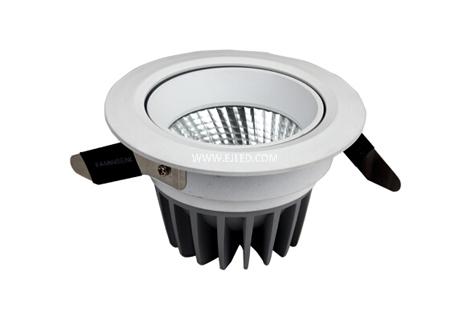
(2) Poor coating quality of support
When the LED plant lamp bead is lit and aged, it will change color and blacken, and the efficiency reduction rate is as high as 30%.
After removing the sealant on the surface of the lamp bead, it was found that the silver coating on the surface lost its original luster and was gray. The micro morphology of the scaffold surface was observed by scanning electron microscope. The results showed that compared with the non assembled semi-finished scaffold, the surface of the LED failed plant lamp bead scaffold was loose and had many small holes. Through cross-sectional observation, it is found that the supports in the coating are copper nickel plated and then silver plated. Compared with semi-finished products, the nickel coating of the support of failed products becomes thinner, the surface silver layer becomes loose, and the boundary of nickel silver coating becomes blurred. The superficial part of the failed LED support was detected by AES, and nickel was found. The test results are shown in the figure. It is obvious that the nickel coating diffused to the silver surface. The analysis shows that the discoloration of LED lamp beads is due to the poor coating of the support, the loose silver layer after aging and the formation of holes, while the nickel layer diffuses to the surface of the silver layer through the silver holes, resulting in the blackening of the silver layer and the discoloration of the lamp beads.
(3) Foreign matter contamination support
One side of the failed lamp bead is discolored. After uncovering the sealing adhesive, we can see a layer of foreign matter on the surface of the support at the discolored part. The element composition of the foreign matter is detected. The results show that the main components are tin and lead.
Tin and lead are also found in the white plastic around the discoloration of the lamp beads on the surface of the support in contact with the white plastic. The bracket covered by foreign matters is connected on one side of the lamp bead, and the plug is welded with tin lead. Obviously, if the pin is stained with excess solder paste when installing the lamp bead on the surface, the molten solder climbs along the pin to the surface of the support connected to it during welding to form a covering layer.
Therefore, the reason for the failure of this led plant lamp bead is that when the LED plant lamp bead is assembled and welded, the solder at the pin welding part enters the support surface and forms a covering, resulting in the discoloration of the lamp bead.
Among many failure factors of LED bulb in plants, the failure rate caused by bracket discoloration or corrosion is the highest. Therefore, the manufacturer of LED plant lamp or bracket shall take some measures to prevent product failure:
1. Select high-quality and corrosion-resistant support base materials;
2. Appropriate electroplating process conditions shall be adopted to ensure the formation of coating with fine grain and compact structure, uniform coating thickness and meeting the protection requirements;
3. For the silver plated support, select effective silver protection technology to improve the anti discoloration ability of the silver support;
4. In the process of LED production and assembly, the introduction of external pollution or corrosive substances shall be prevented, and the LED packaging shall be tight to reduce the possibility of corrosion caused by water vapor and oxygen intrusion in the environment.
The above is the basic reason for the discoloration of LED plant beads. Do you understand? In order to prevent the discoloration failure of LED lamp beads, we must grasp the product quality and adopt high-quality support materials.

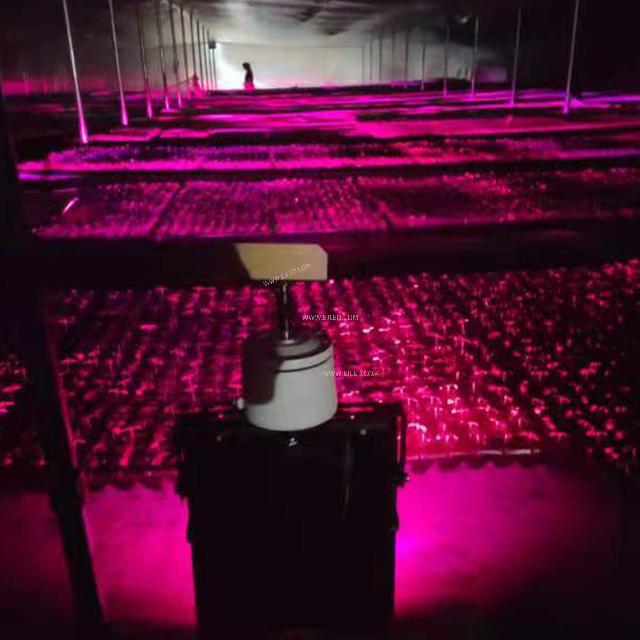
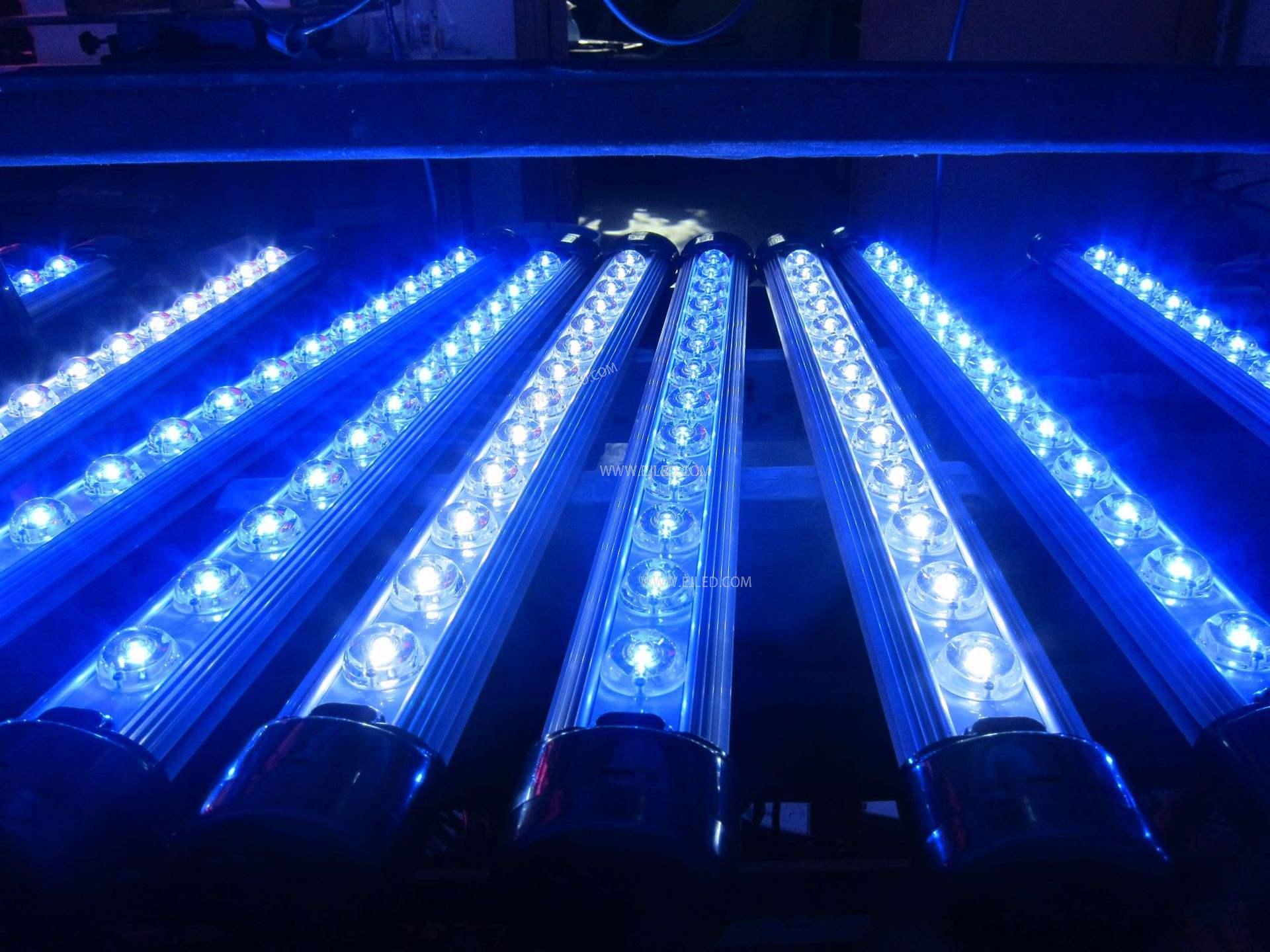
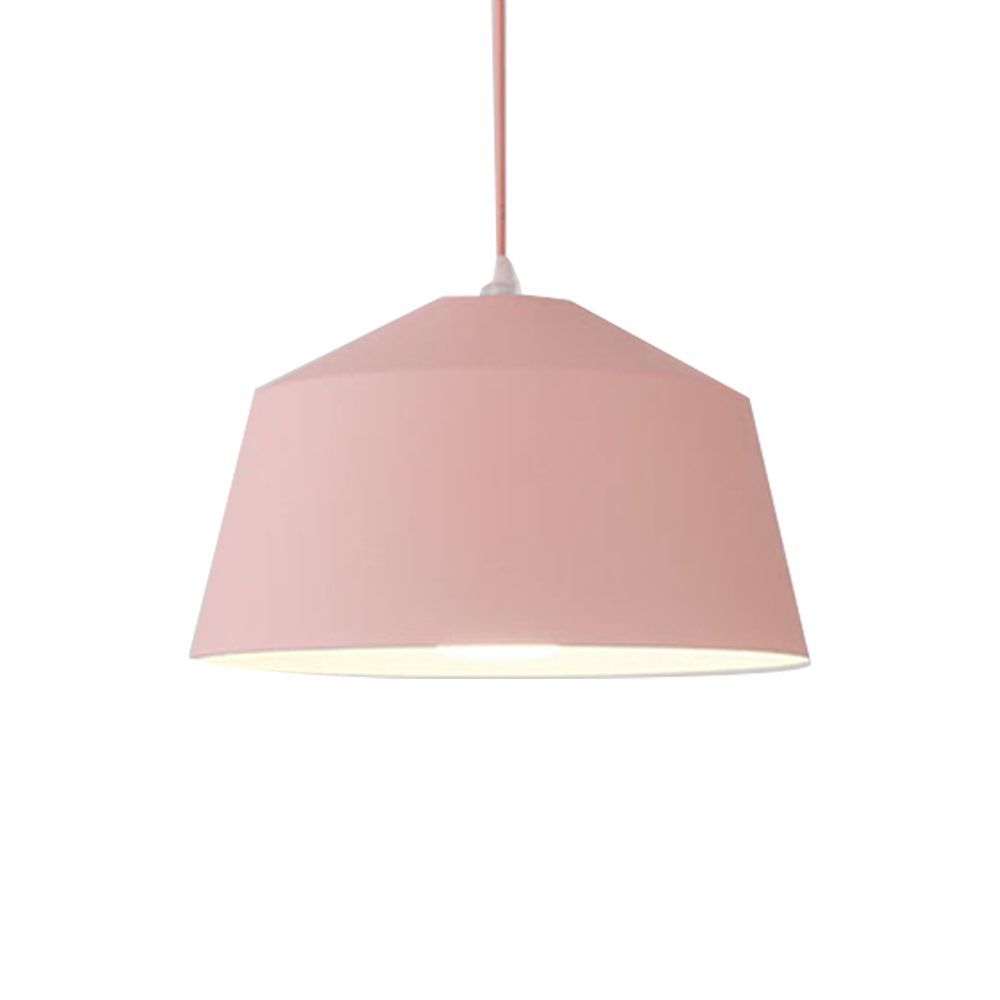
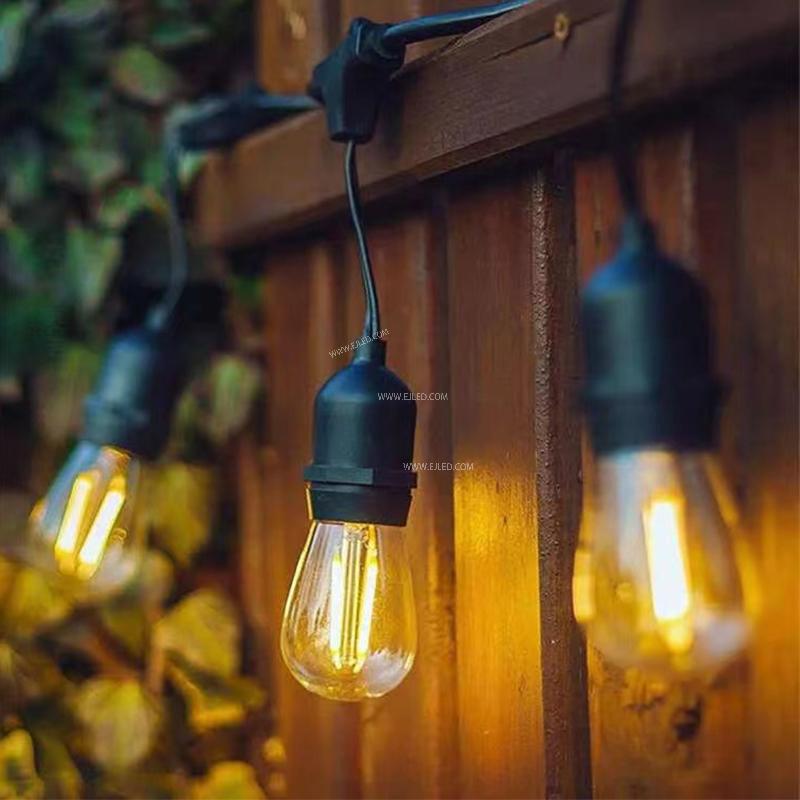

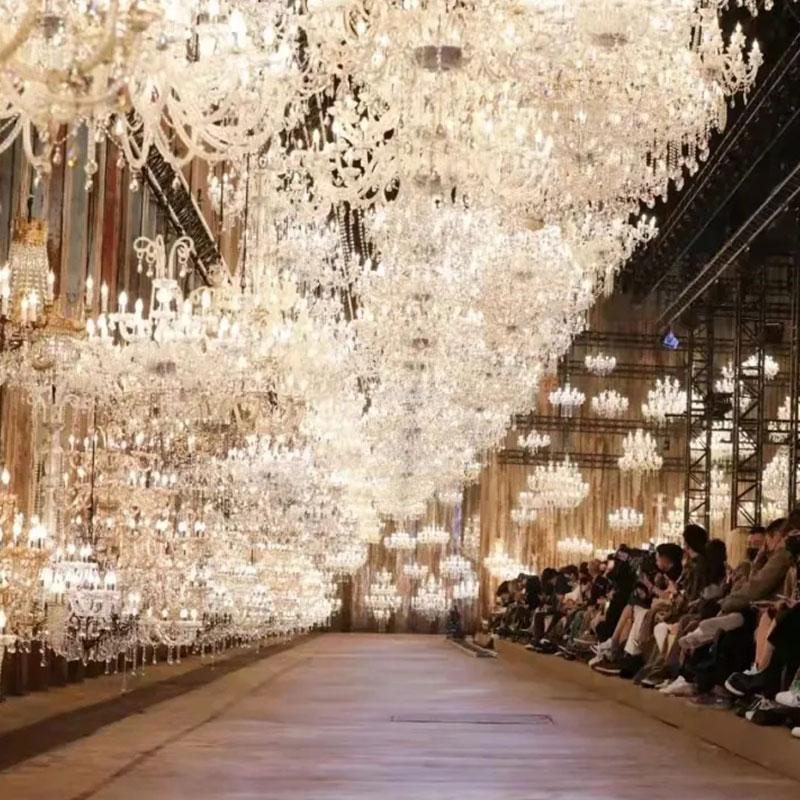

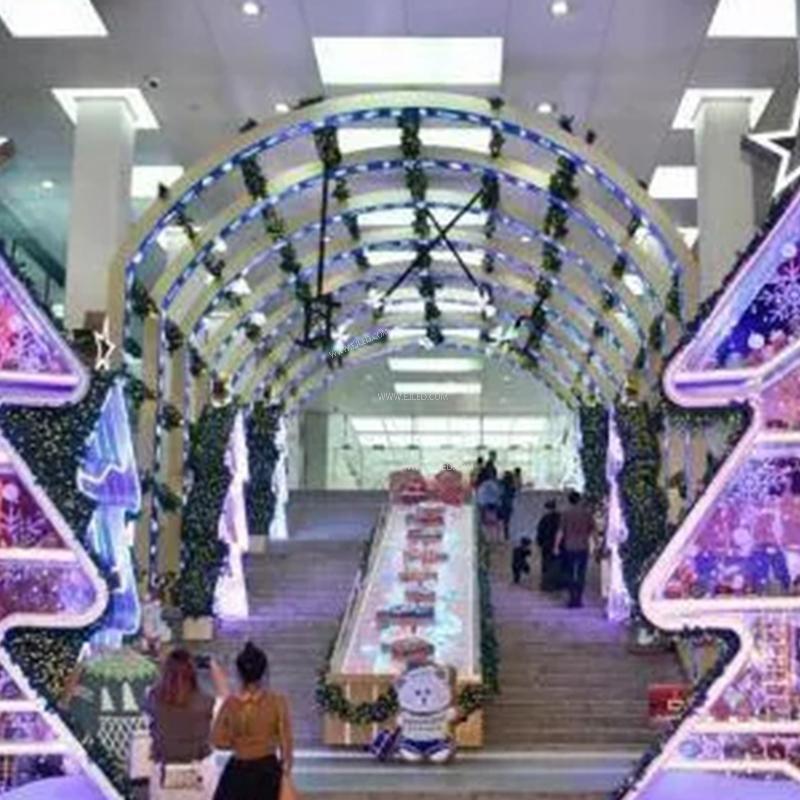



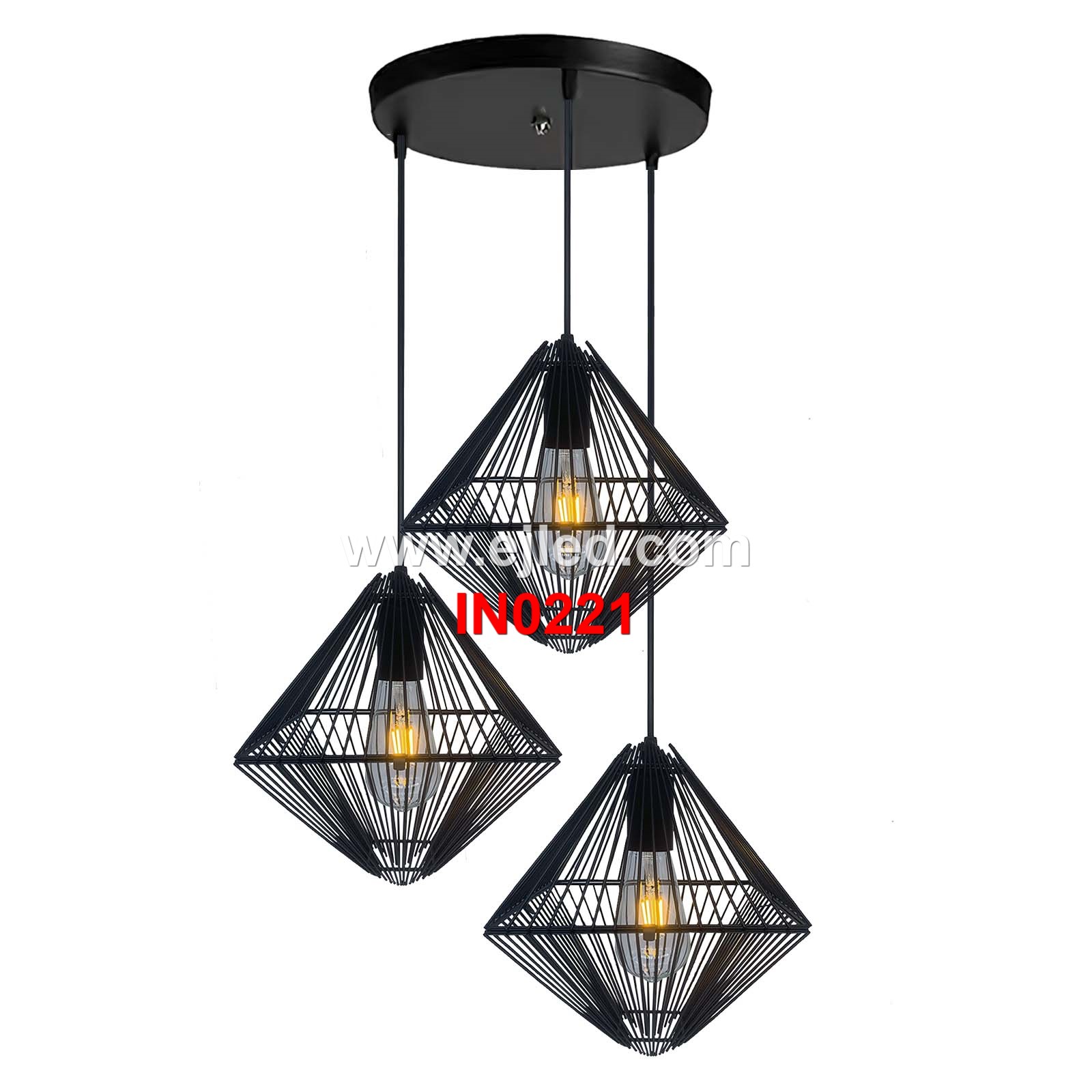
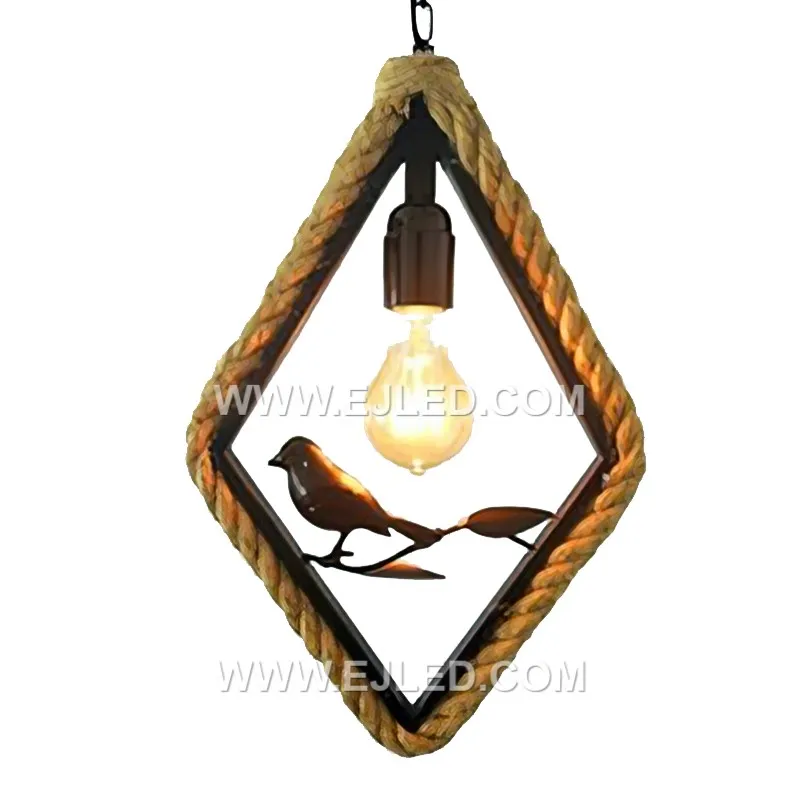
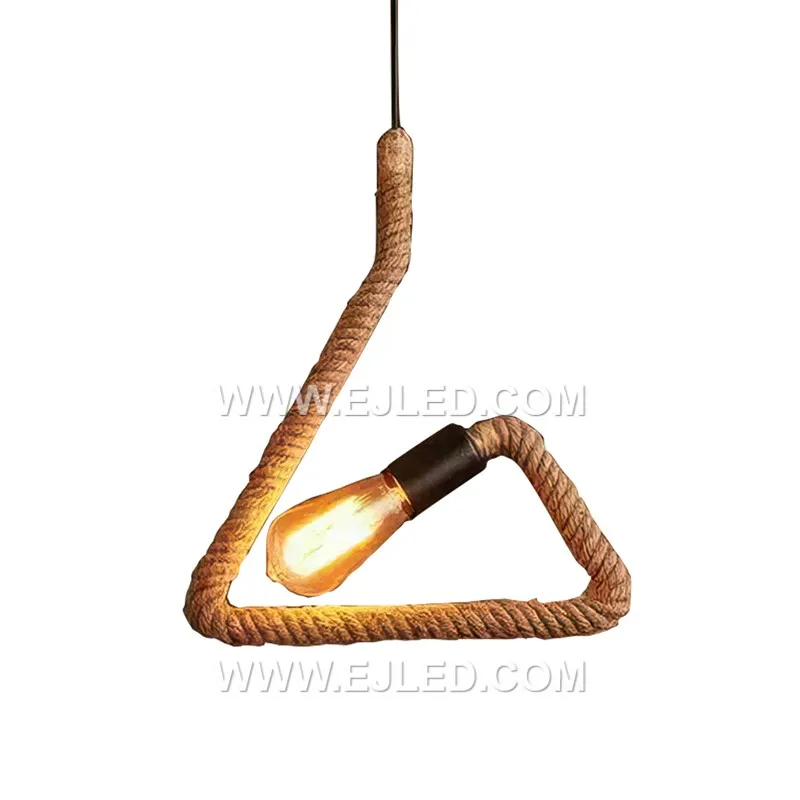
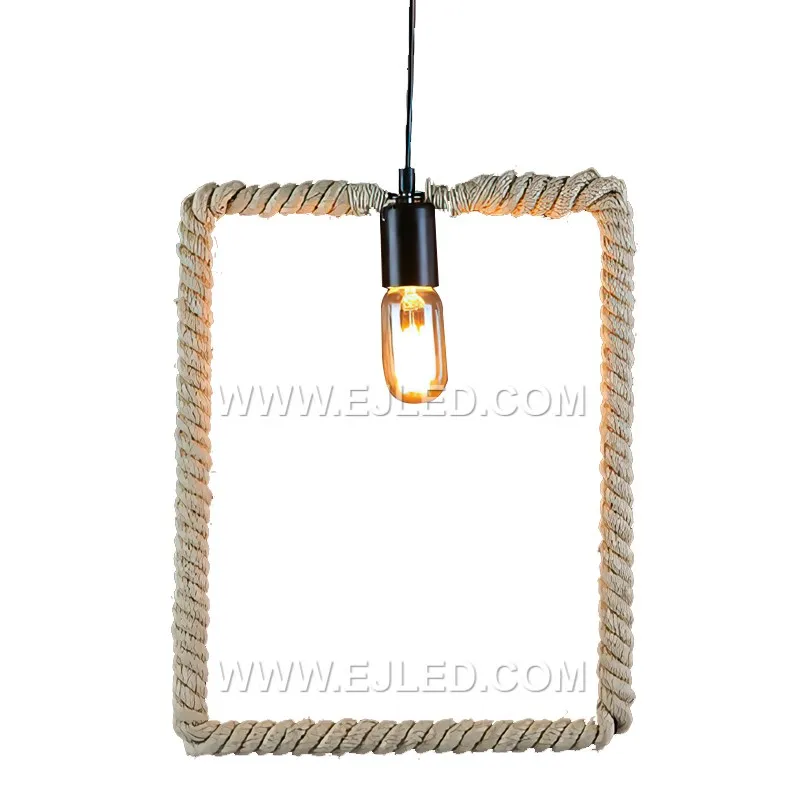
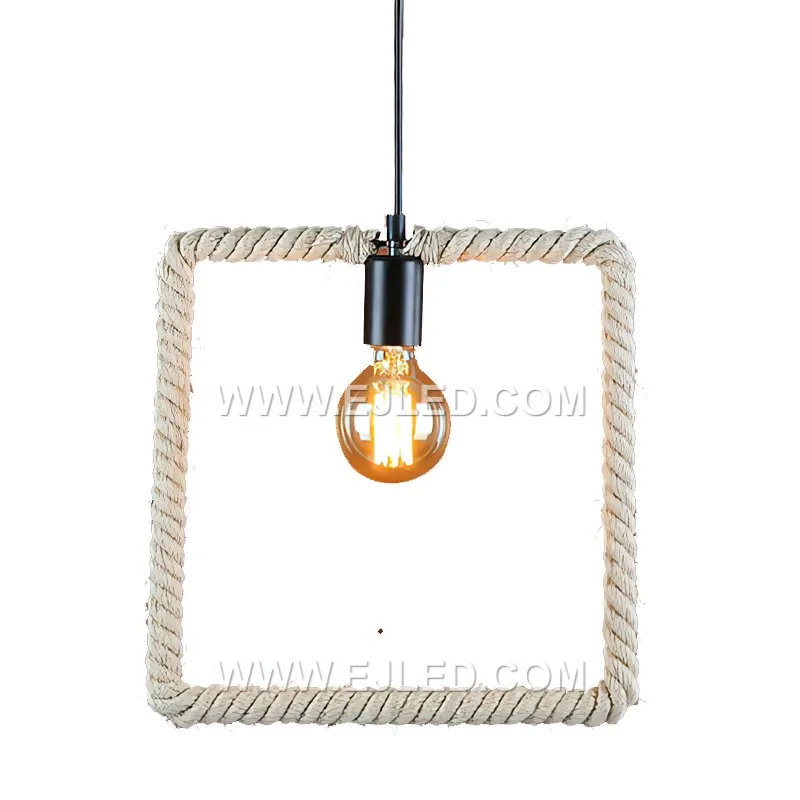
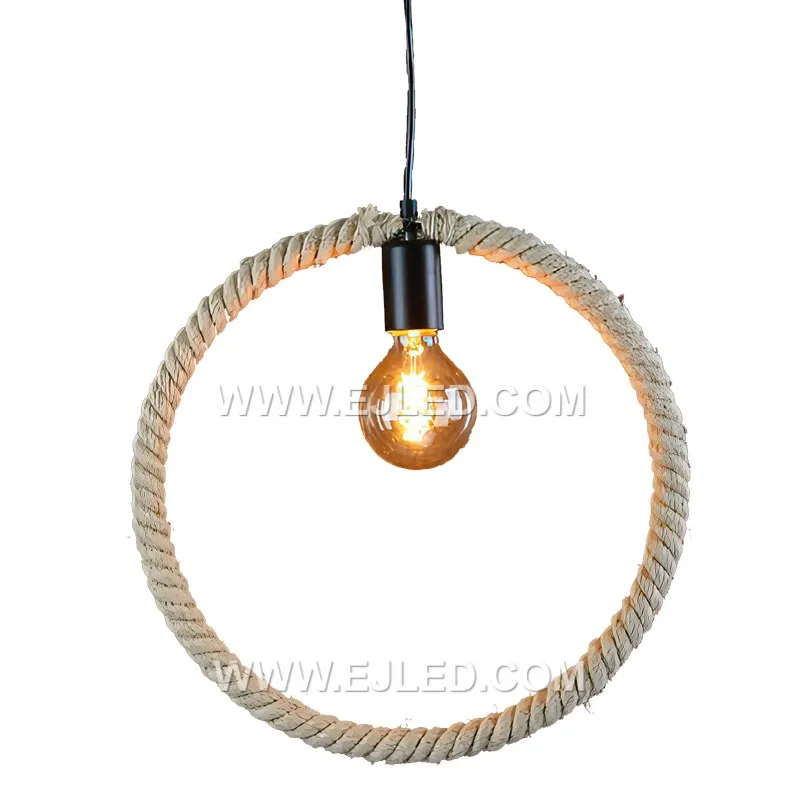
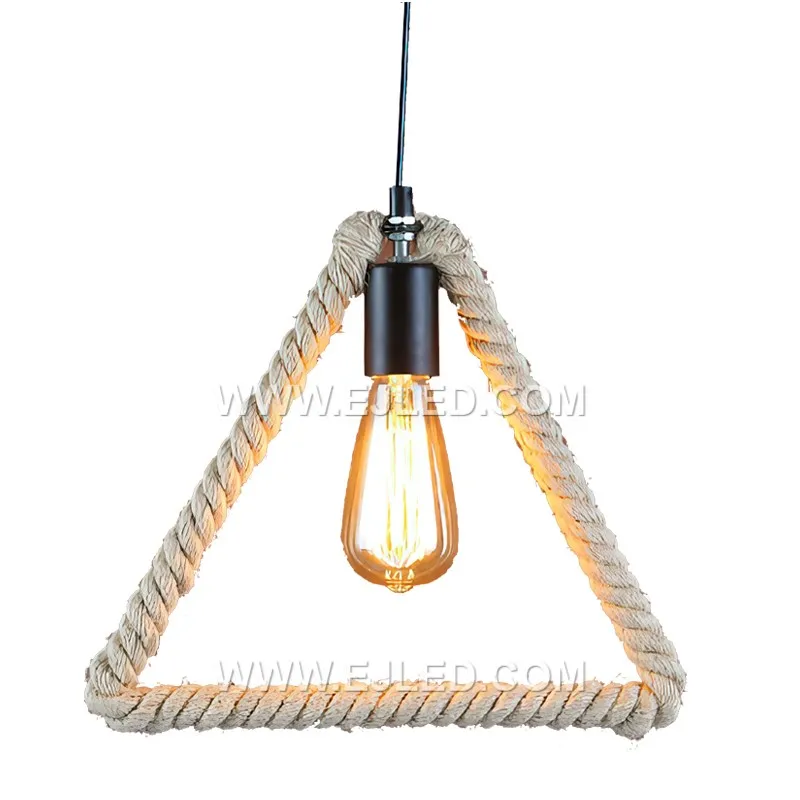
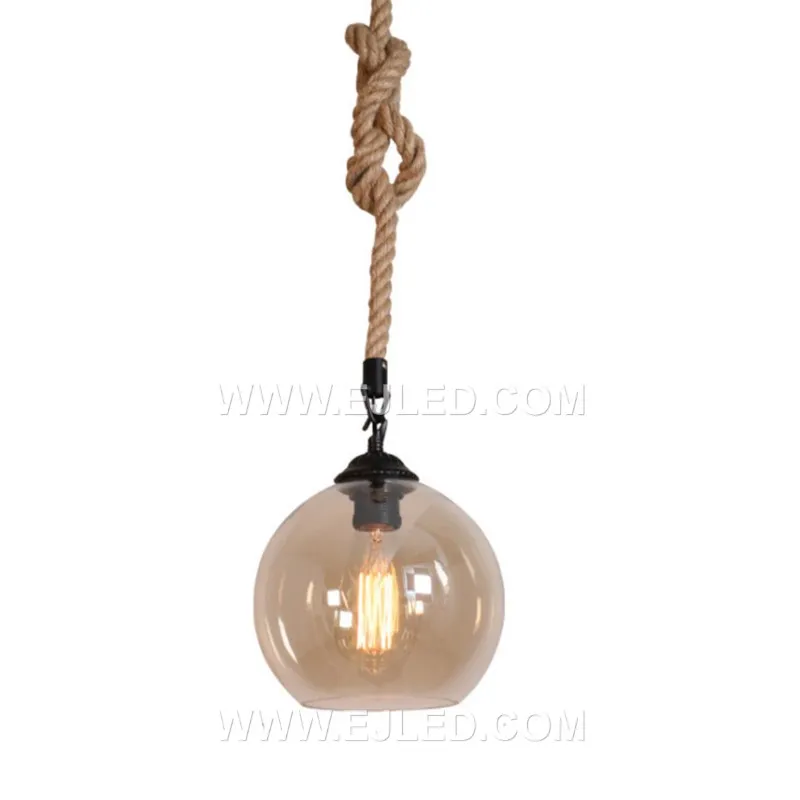
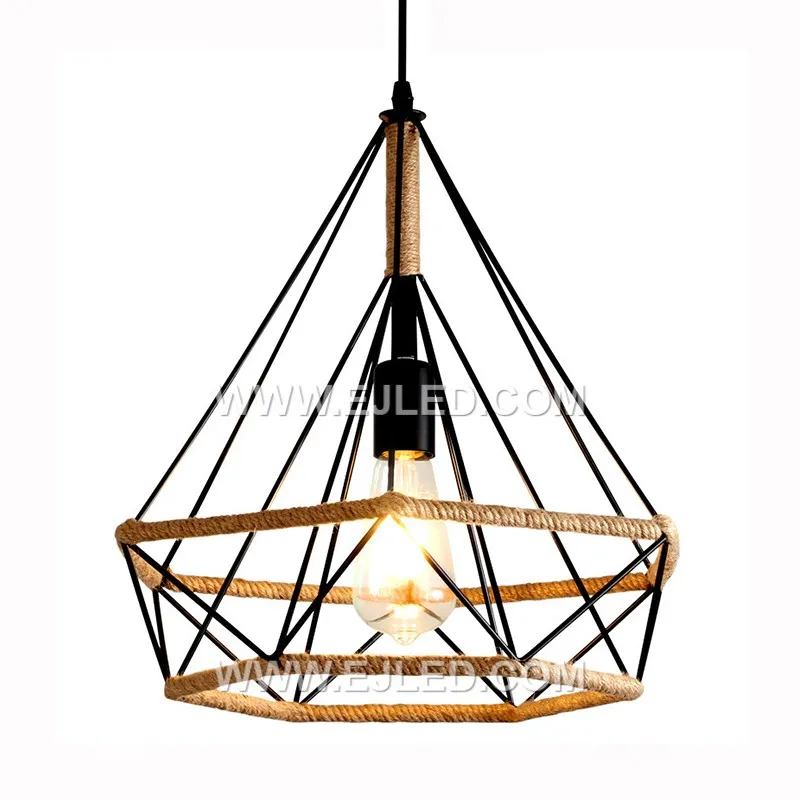
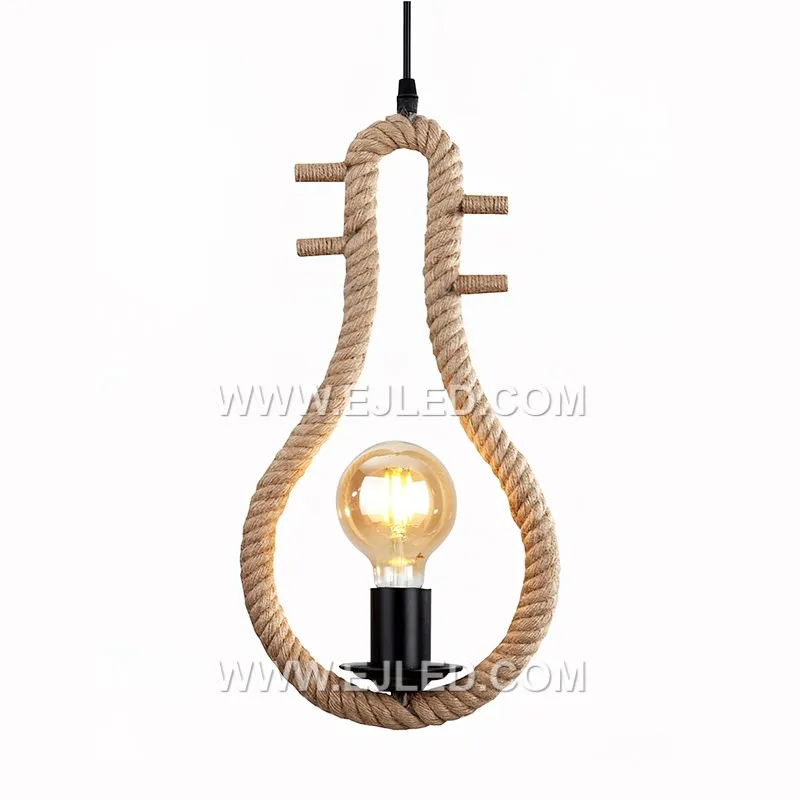
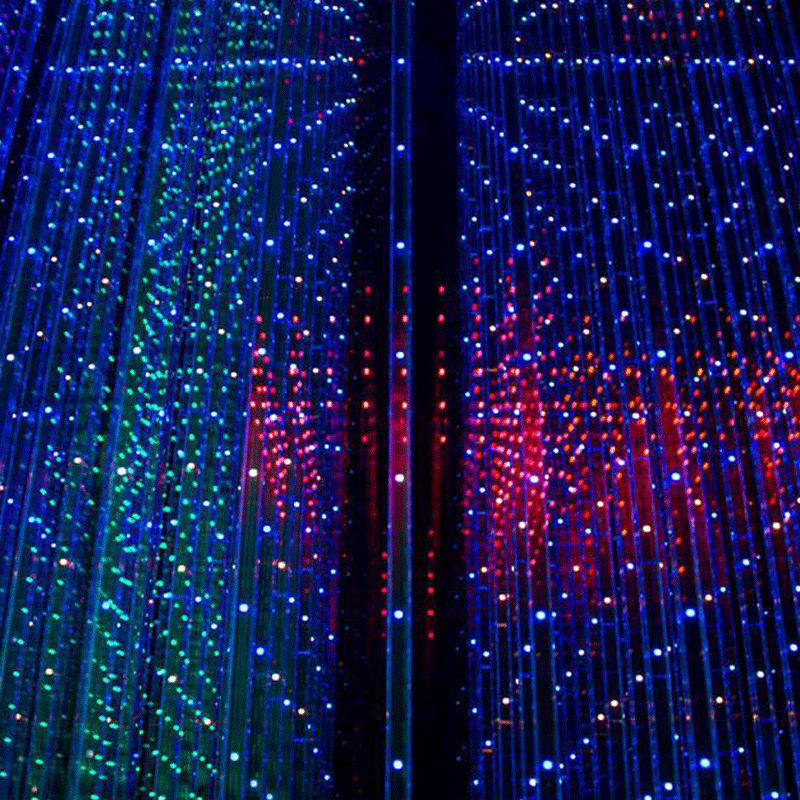

Leave a comment